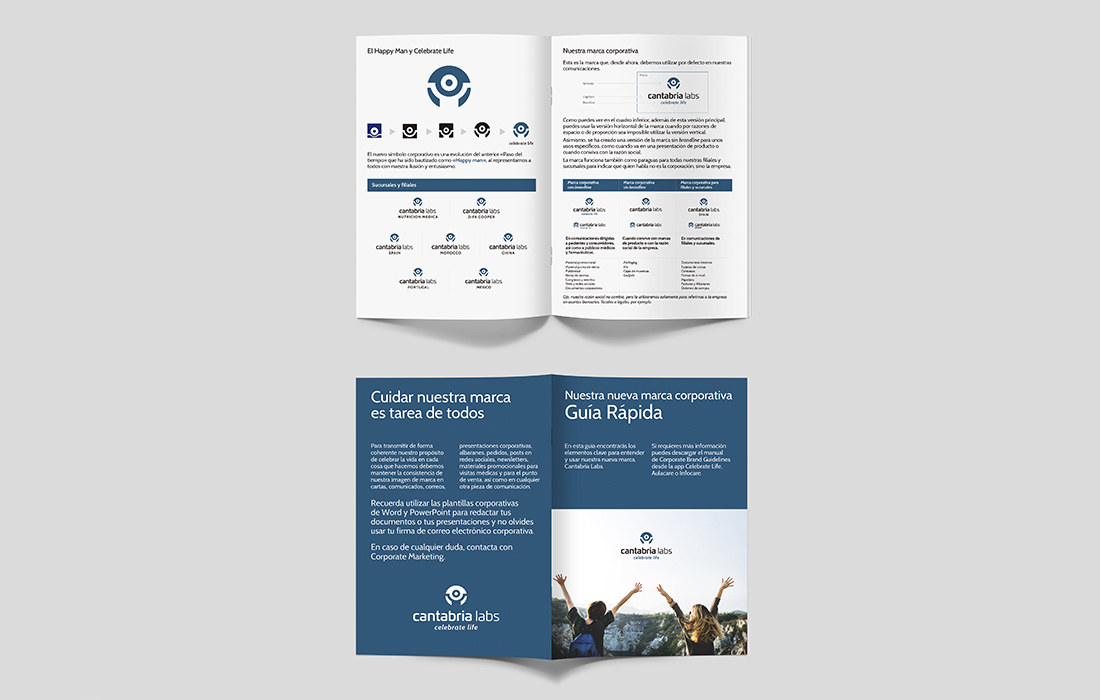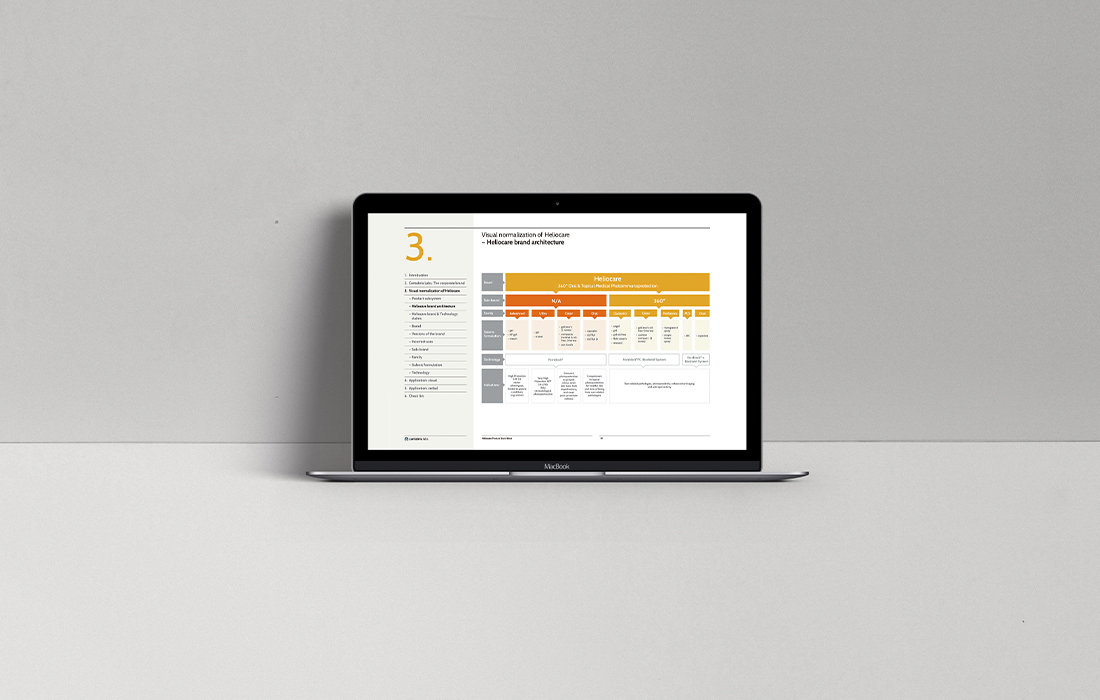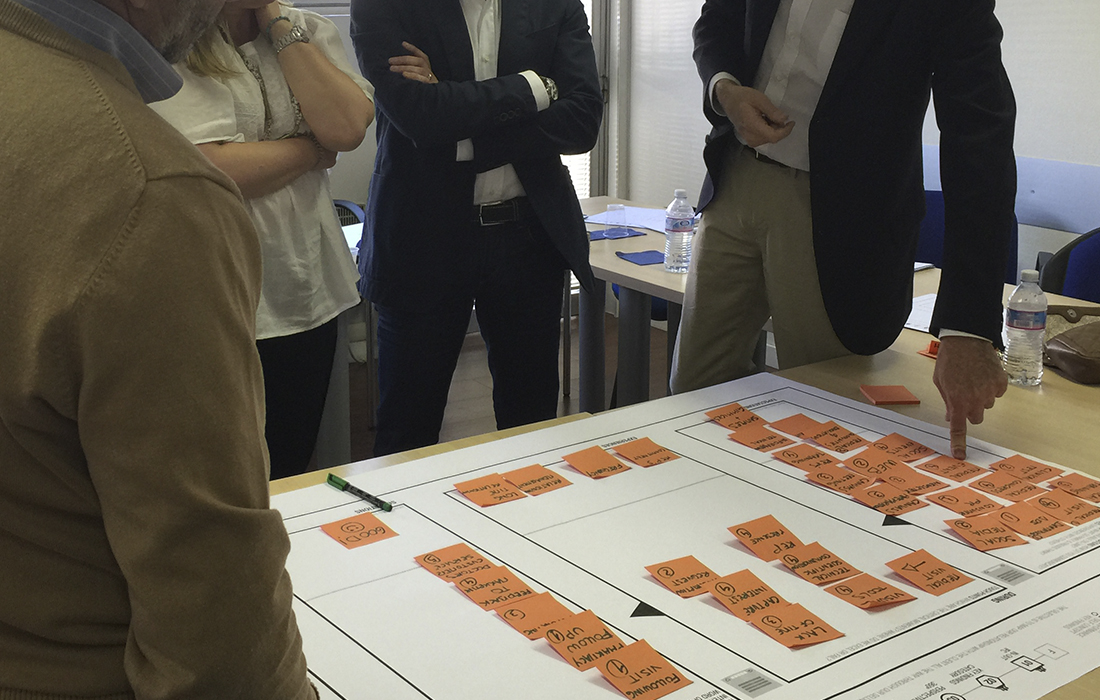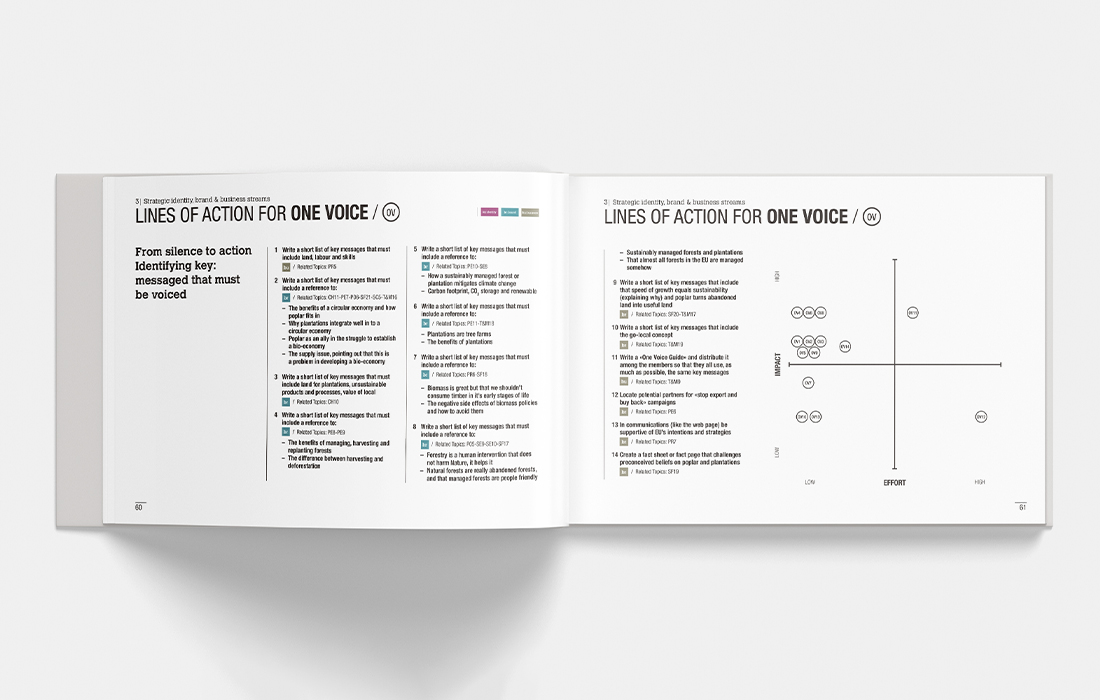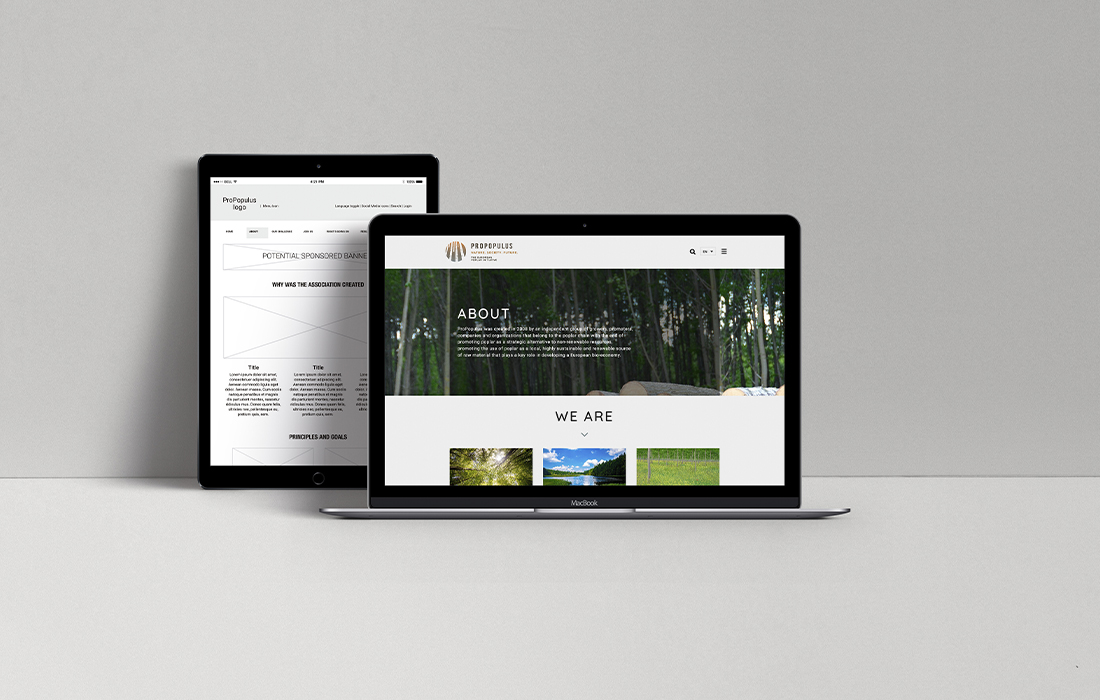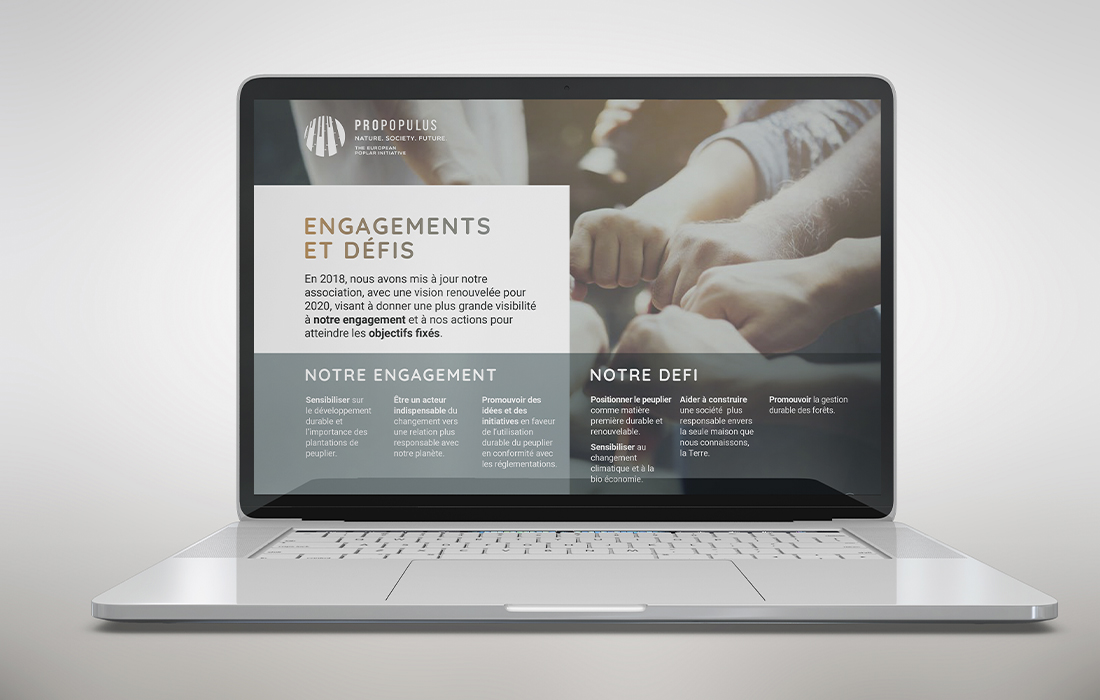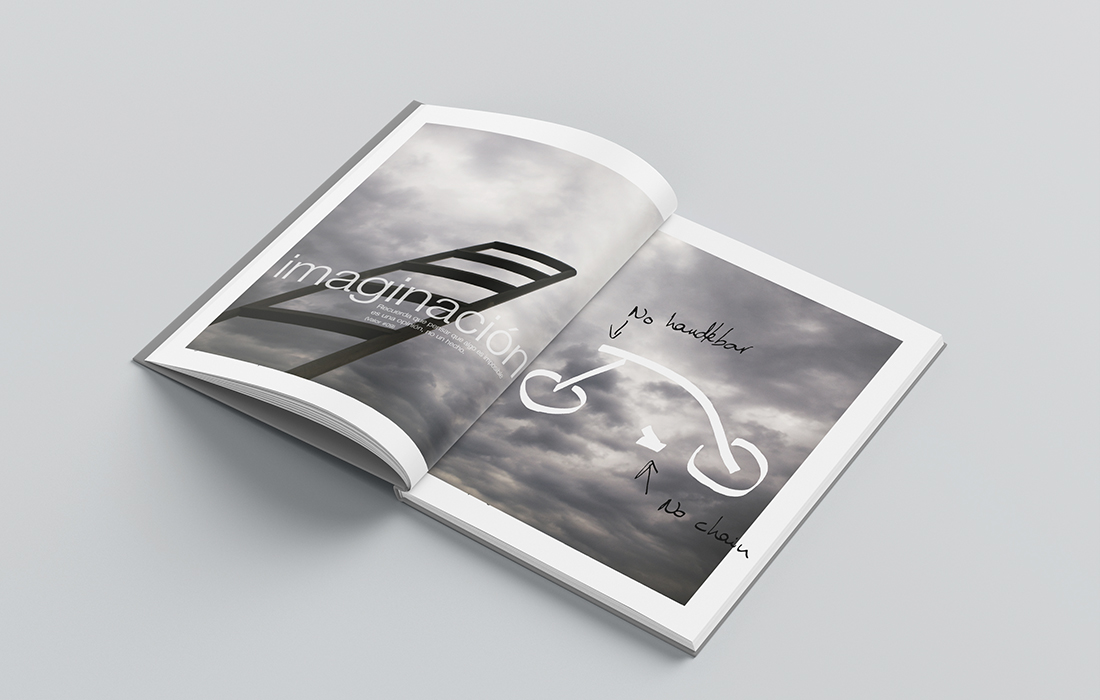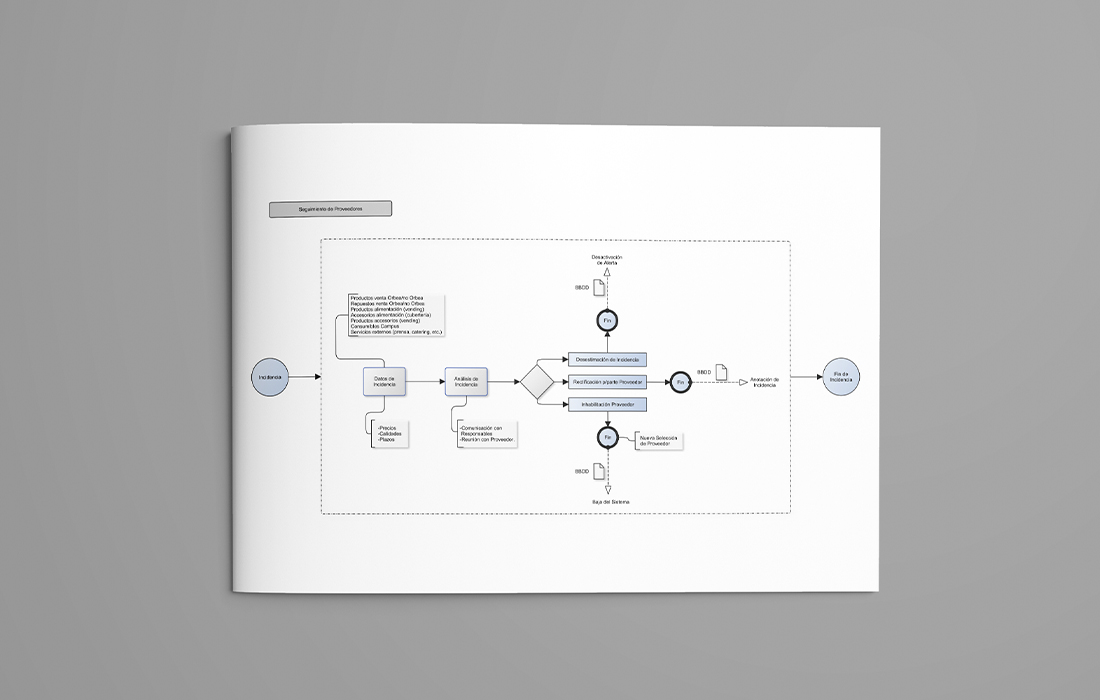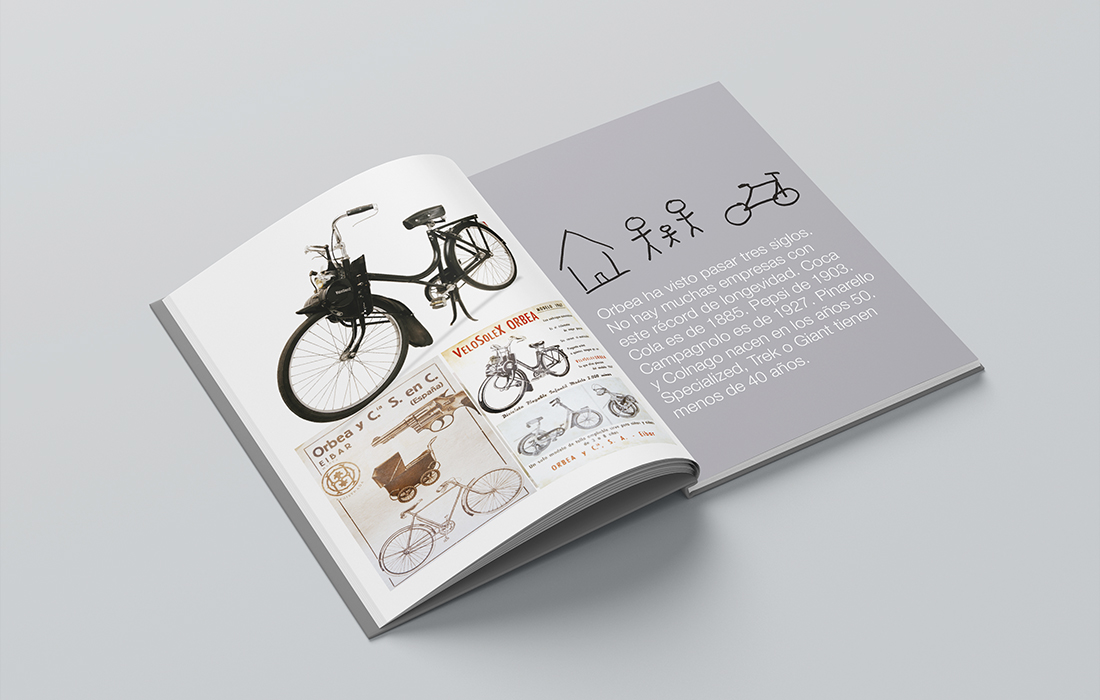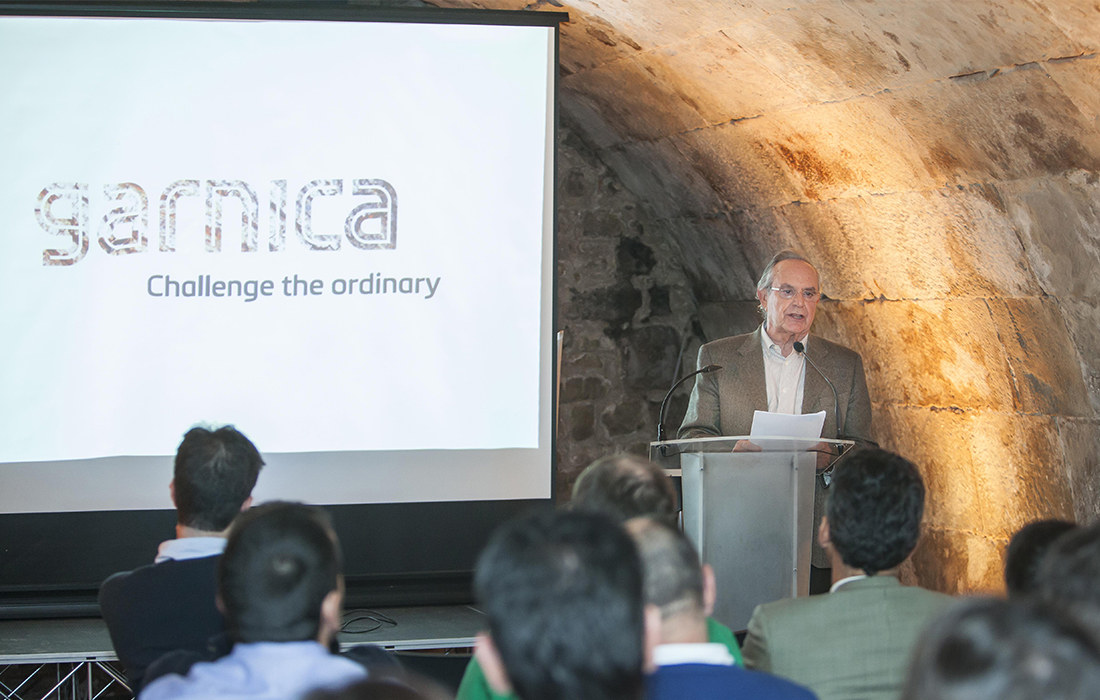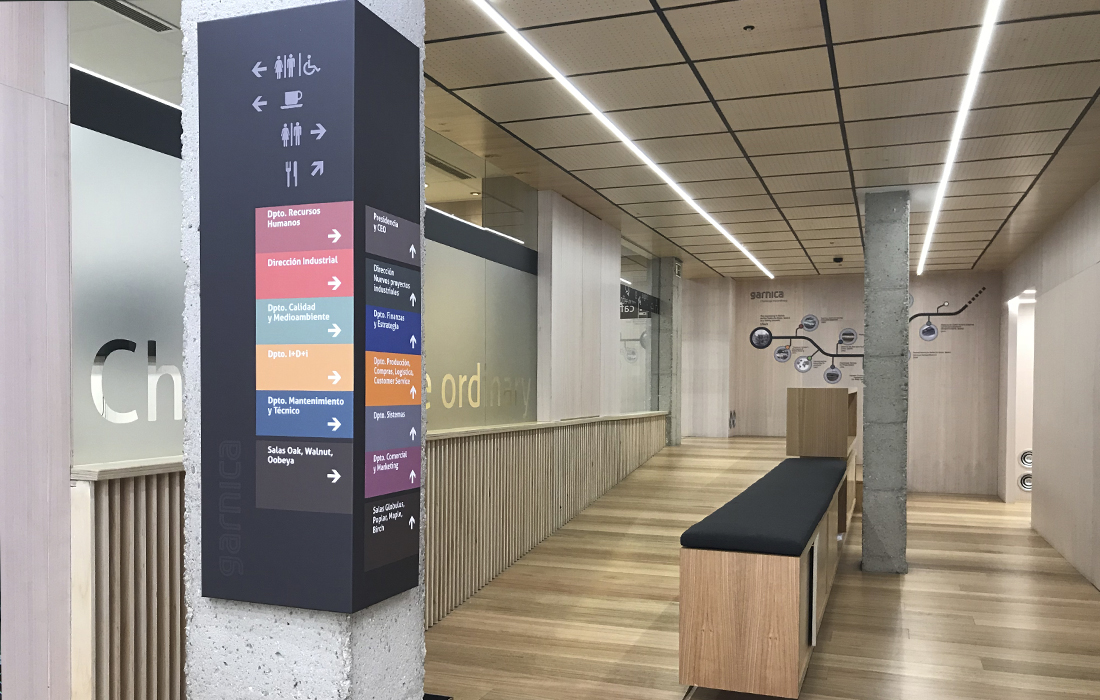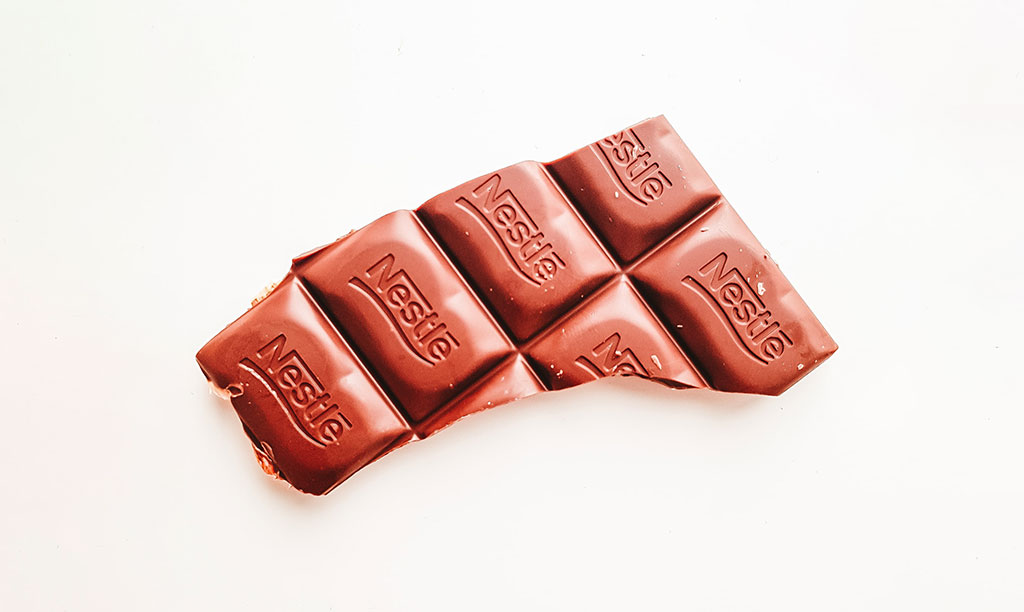
14 Jan A powerful hinge
Christopher Smith, BrandSmith CEO and founder, 14th January 2022
A powerful hinge
A logo is so much more than an illustration: it is part of the symbolic ecosystem that customers build in their minds associated with the brand and their experiences and expectations about it. Ultimately, it is the hinge between what an organization is, its identity, and how consumers perceive it.
The reason I decided to take a step forward and set up my own business as a strategic consultant and not as a designer, was because in my previous jobs I began to despair with clients saying silly things like: “My logo is outdated”; “I don’t like the colour anymore”; or “My wife doesn’t like it, so I barbequed with some friends and asked them what they thought about the logo”.
Of course, it wasn’t always that bad, but the point is that I eventually realized that a logo is not an illustration but the hinge between organizational identity and client perception. That took some time, significant amounts of thinking, a lot of reading, a bit of writing and quite a few keynotes.
There are two ways to observe this:
From a consumer point of view, a logo is an accumulation of experiences: it is a shortcut that means things. We see Adidas, and we think of elite athletes. We see Nike, and we think modern, cool fashion sport. We see Virgin, and we think change.
From a business point of view, it is about building those experiences consistently into our day-to-day operations so that consumers can actually “see it” over time and space; this is the reason why branding taps into the business model, and digging deeper, into purpose, personality, and proposition.
At least, that’s what I think strategic branding is. Indeed, our branding projects are strategic plans. And this is where the gaps appear. Is the company’s business model aligned with its purpose? Is brand experience aligned with personality?
And that goes further. What is purpose? It’s the reason the company actually exists. And that has nothing to do with profit. It’s a crossroad between philosophy, sociology, and anthropology. Kellogg’s is a case in point, how over more than 100 years it has kept true to its roots (except for Special-K!): children, health, breakfast… The bottom line is that if you keep true to your purpose, profit will take care of itself.
Thus, at the end of the day it comes down to organizational identity: a self-concept that evolves yet remains recognizable over time. Beneath that, you have a purpose, a personality, and a proposition. Above that, you have a business model and a brand. And, if you do things consistently, consumers will tap into all that due to interactions with your products, your people, your market presence, and your product presentation. The brand… Well, it should stand up for all of this. It’s only a hinge, but a powerful one.




